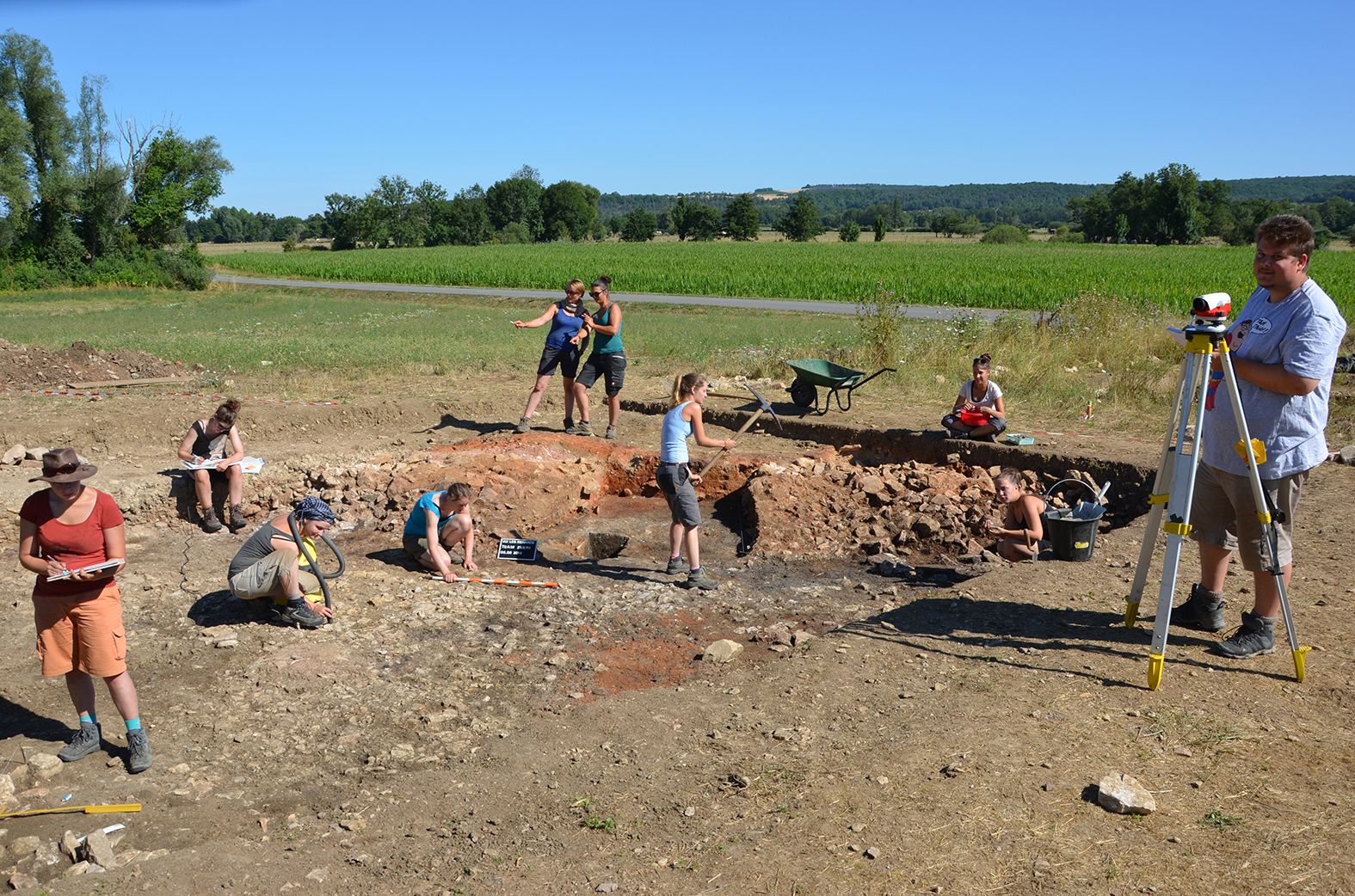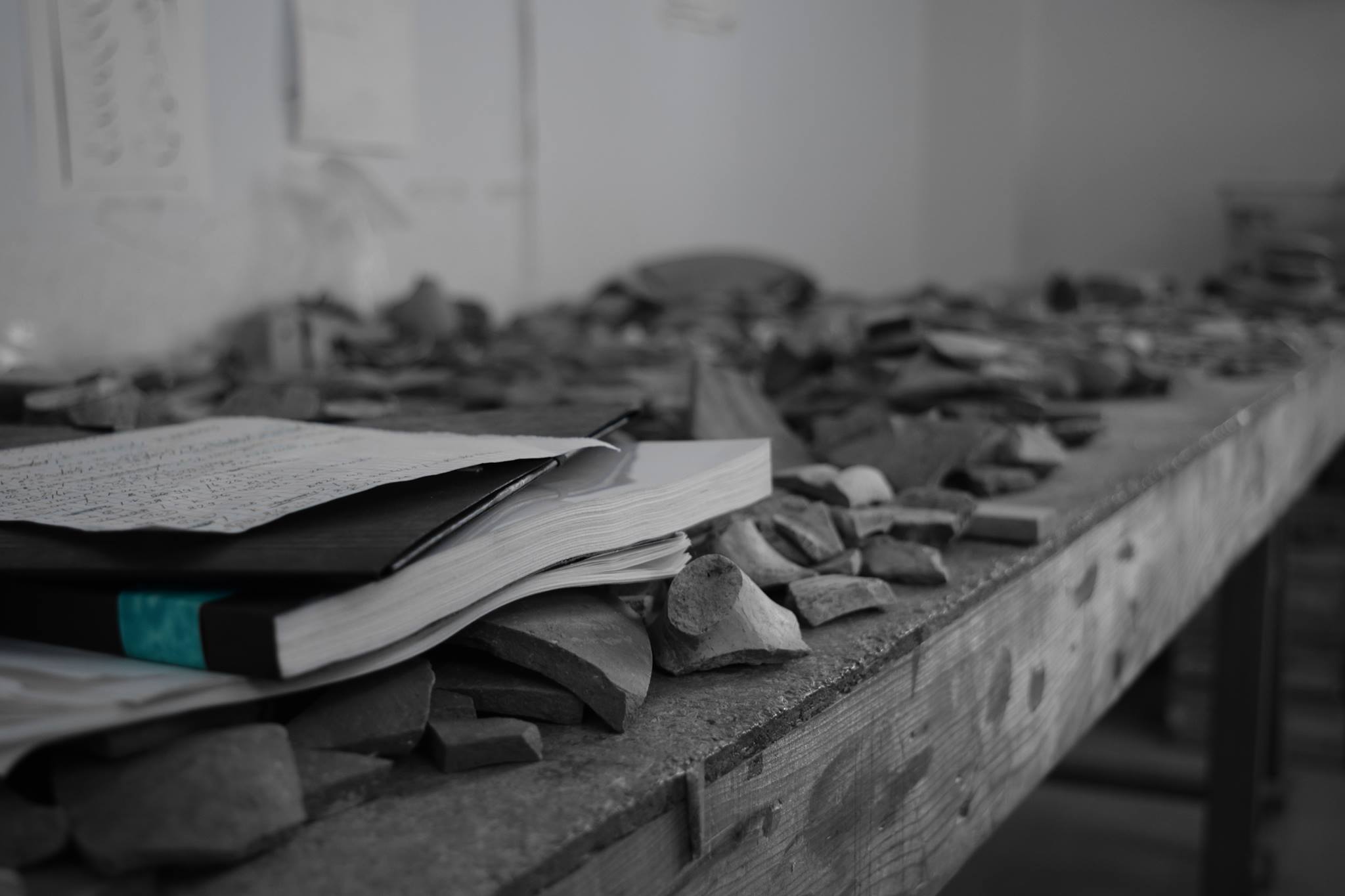Topografie bronzezeitlicher Deponierungen. Fallstudie Alpenrheintal
von Ariane Ballmer
Abstract:
OUTLINE: THEMES AND QUESTIONS
While the existing interpretation of Bronze Age depositions is manly based on its material content, the aim of this PhD-thesis is to propose an interpretation which considers topography as a deposition's most relevant parameter value. In this regard the following questions are raised:
- SPATIAL SETTING - How is the spatial arrangement of depositions displayed in relation to coexistent man-made structures and the natural environment?
- HOT SPOTS - Are there privileged deposition zones? Do they have a distinctive topography? Do they differ topographically from everyday life zones? What role does human perception play?
- DEVELOPMENT TRENDS - How does the choice of deposition zones change and evolve within the Bronze Age?
In a first step, the above-standing questions will be answered by a detailed GIS-analysis. As the reconstruction of the Bronze Age deposition behaviour in relation to the landscape will include both factual and conceptual content, the quantitative methods are rounded off with theories and hypotheses:
- FROM LANDSCAPE TO OBJECTS TO LANDSCAPE TO... - To what extent does a traceable relation between material culture significance and topographical symbolism actually exist? What can depositions tell us about landscape significance and structuring? What can topography tell us about the meaning of depositions (also considering their contents)?
By linking up GIS-data and appropriate information from related disciplines (cultural anthropology, cultural geography, sociology etc.) concepts and models concerning Bronze Age landscape significance, landscape structuring, landscape behaviour, and the role of depositions in this landscape can then be put forward. Theoretical discussions on the importance of space and place as well as the structuring of landscape in prehistory are framing the case study.
Of course, topographical particularities related to depositions have been emphasized in many studies (e.g. FONTIJN 2002), but they have never been considered as a first parameter value, nor have they been consequently measured. The motivation behind this thesis is to make an useful contribution to an important and much discussed finding category and phenomenon in prehistory by looking at it from a very different angle – always interested in opening a new perspective and building a new debate basis.
SCOPE
- Material focus: Metal Depositions, single and multiple
- Time scale: Early Bronze Age to Late Bronze Age.
- Geographical scale: Alpine Rhine valley and side valleys
A. Ballmer, Measuring the Mental - A Quantitative Approach to Mental Landscape Concepts. In: Kiel Graduate School "Human Development in Landscapes" (Ed.), Landscape and Human Development: The Contribution of European Archaeology. Proceedings of the International Workshop "Socio-Environmental Dynamics over the Last 12,000 Years: The Creation of Landscapes (1st-4th April 2009)". UPA 191 (Bonn 2010) 193-202.
A. Ballmer, Zur Topologie des bronzezeitlichen Deponierens. Von der Handlungstheorie zur Raumanalyse. Prähistorische Zeitschrift 85/1, 2010, 120-131.
A. Ballmer, Topografie bronzezeitlicher Deponierungen. Fallstudie Alpenrheintal. UPA 278 (Bonn 2015).

